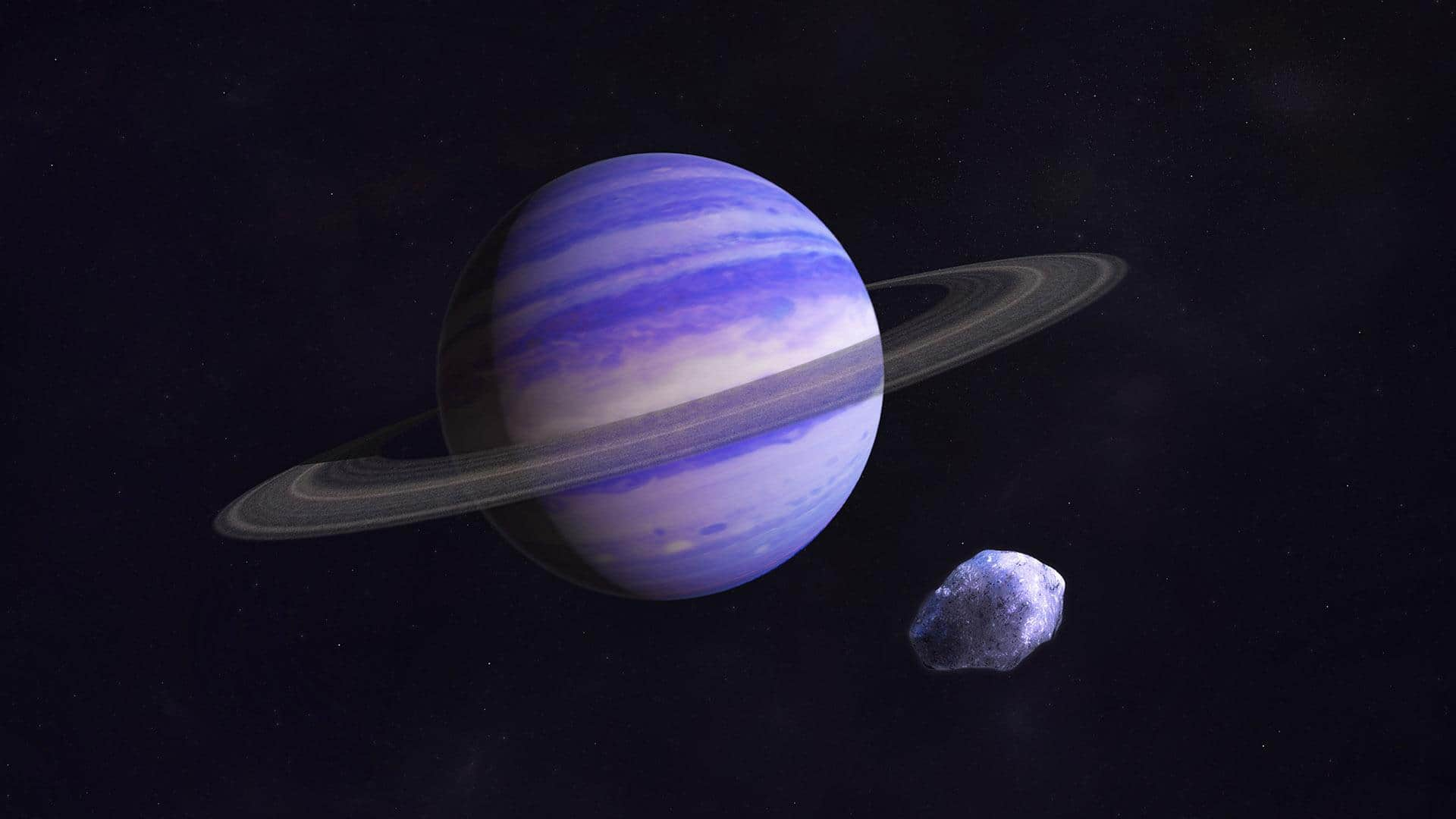
NASA's Webb telescope discovers an alien planet for first time
What's the story
NASA's James Webb Space Telescope (JWST) has made a groundbreaking discovery by capturing its first direct image of an exoplanet, TWA 7 b. The planet is located about 100 to 110 light-years away and is thought to be as big as Saturn. This breakthrough was made possible by a team from France's National Centre for Scientific Research (CNRS), working at the Observatoire de Paris-PSL in partnership with Universite Grenoble Alpes.
Discovery process
How the team spotted the alien planet
The CNRS team employed an innovative technique to block out the star's light and reveal the planet's faint signals. They designed a coronagraph, a special tool for JWST that works like the Moon blocking out the Sun during a solar eclipse. This allowed them to spot TWA 7 b, which appears as a bright source of light with a narrow ring of debris around it.
Planetary features
TWA 7 b is around 6 million years old
TWA 7 b is 10 times less massive than any exoplanet previously observed with a telescope. The planet orbits its star at a much greater distance than Earth does, giving it an orbital period of several hundred years. This planetary system is believed to be around six million years old, offering a glimpse into the early stages of its development.
Astronomical breakthrough
Discovery highlights Webb's capabilities as an exoplanet hunter
The discovery of TWA 7 b is a major milestone in the search for planets beyond our solar system. It also highlights Webb's capabilities as an exoplanet hunter, having previously discovered distant galaxies. The planet is surrounded by a swirling disk of rocky debris and dust, remnants from its early formation stages. It orbits a young star with three distinct rings, one particularly narrow and two empty areas.
Knowledge expansion
Brings us closer to understanding the origins of planetary systems
The discovery of TWA 7 b and its unique characteristics adds to our understanding of how planets form and shape their surroundings. This brings us closer to understanding the origins of planetary systems, including our own. The research team was led by Dr. Anne-Marie Lagrange, who noted that while there is still a "very small chance" the images show a background galaxy, the evidence "strongly points" to it being an undiscovered planet.